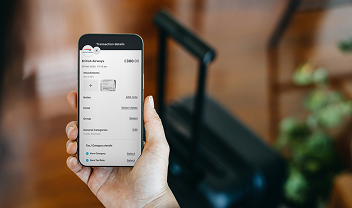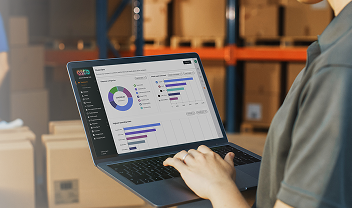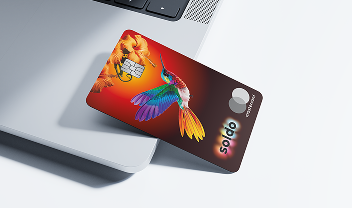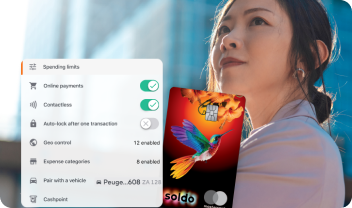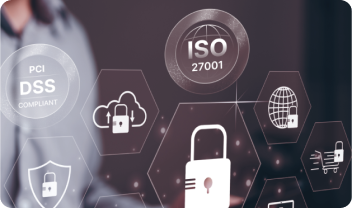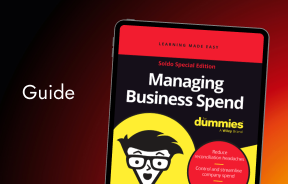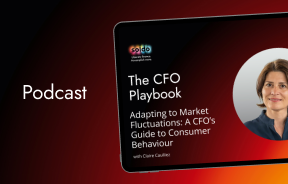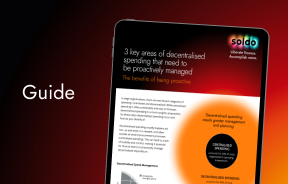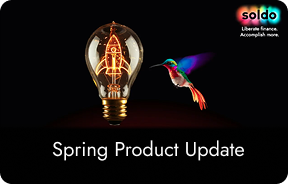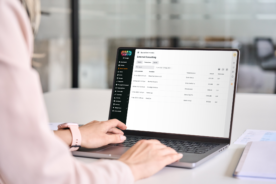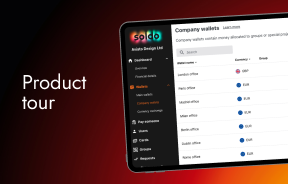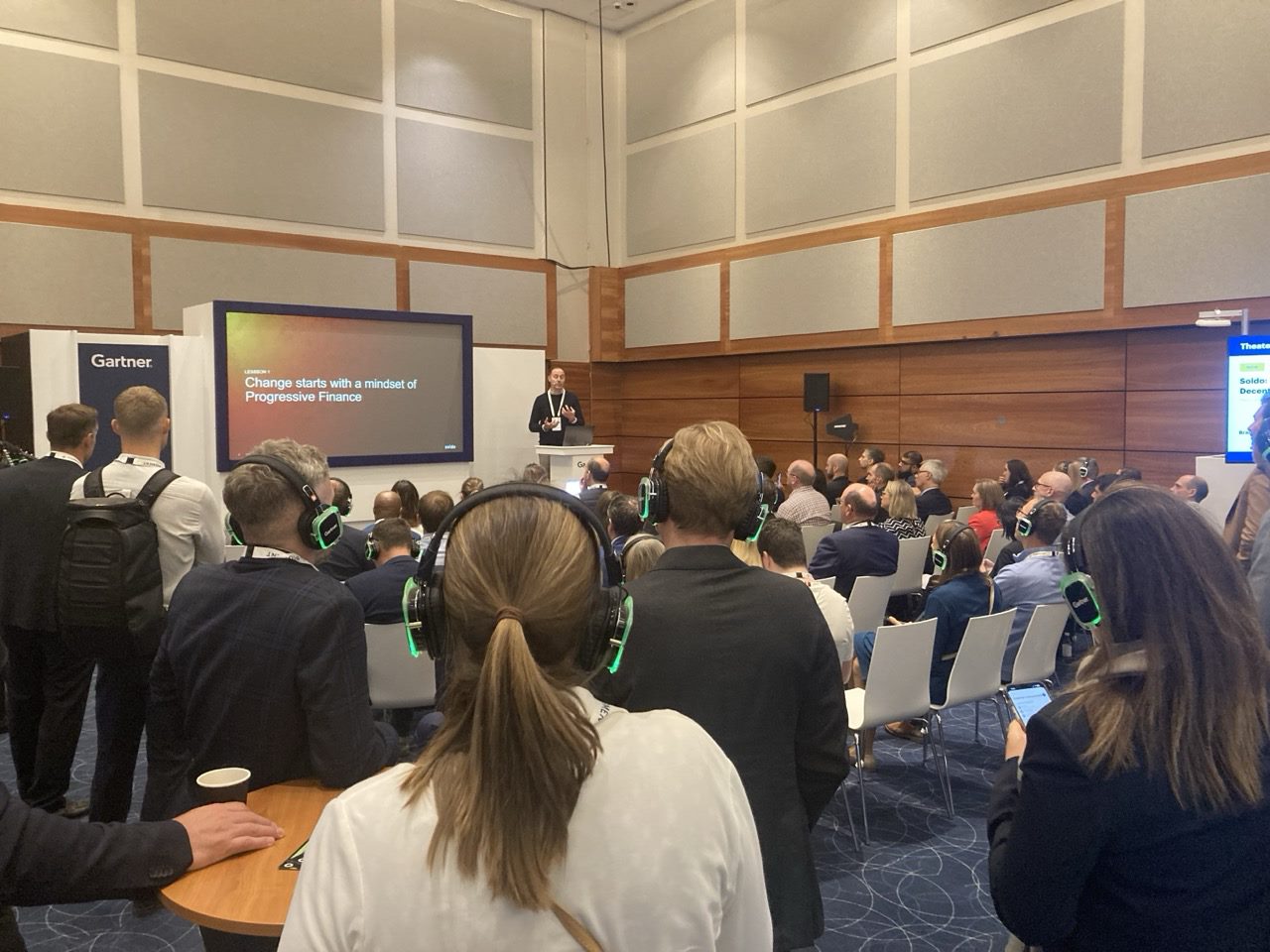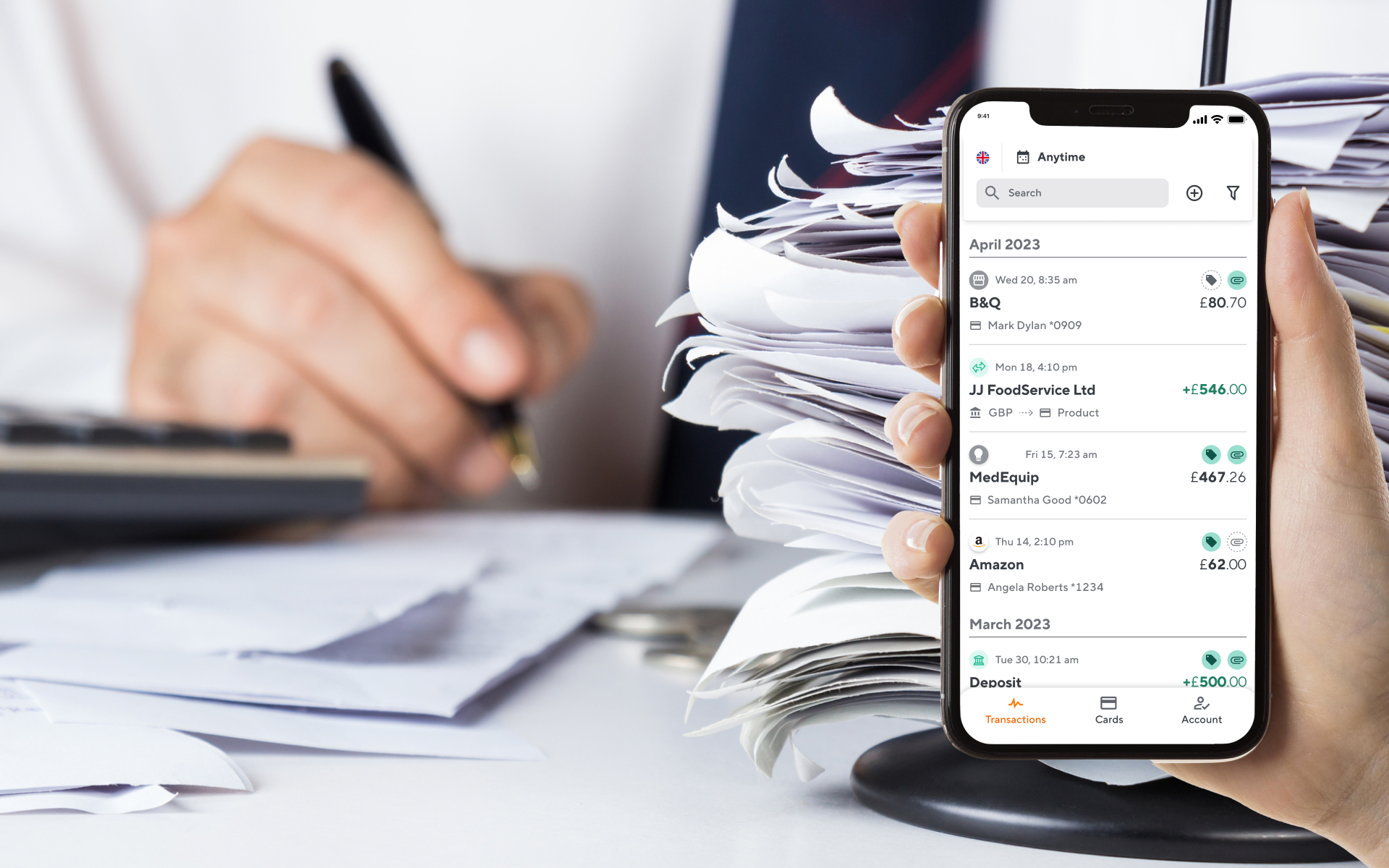You can’t work in finance without developing a love — OK, well, at least a tolerance — for spreadsheets. But when it comes to processing employee expense payments, there’s a good chance that your patience is being severely tested, probably on a daily basis.
The Global Business Travel Association reckons it takes about 20 minutes to process a single expense report. And that’s if it’s straightforward and has no mistakes. Errors add 18 minutes of processing time, on average.
With UK businesses reimbursing £8.8 billion worth of expenses each year, expense processing can quickly take over a huge chunk of your day. It’s also frustrating for employees, because they have to create expense reports in the first place and often wait several weeks to get reimbursed.
But what if there was a way to drastically cut down processing time, keep your employees happy, and free yourself up so you can focus on other business-critical tasks?
The problem with expense processing
Over the last decade, technology has reshaped the workplace. But while tasks like maintaining your company’s general ledger and preparing a profit and loss account are arguably less time-consuming and relatively easier to do in 2019, expense processing is still stuck in the 1990s.
As Soldo’s financial director Paul Murphy bluntly puts it: “It’s tedious, laborious, time-consuming, and excessively bureaucratic.”
Here’s a look at a typical company’s expense process and what can go wrong at each stage.
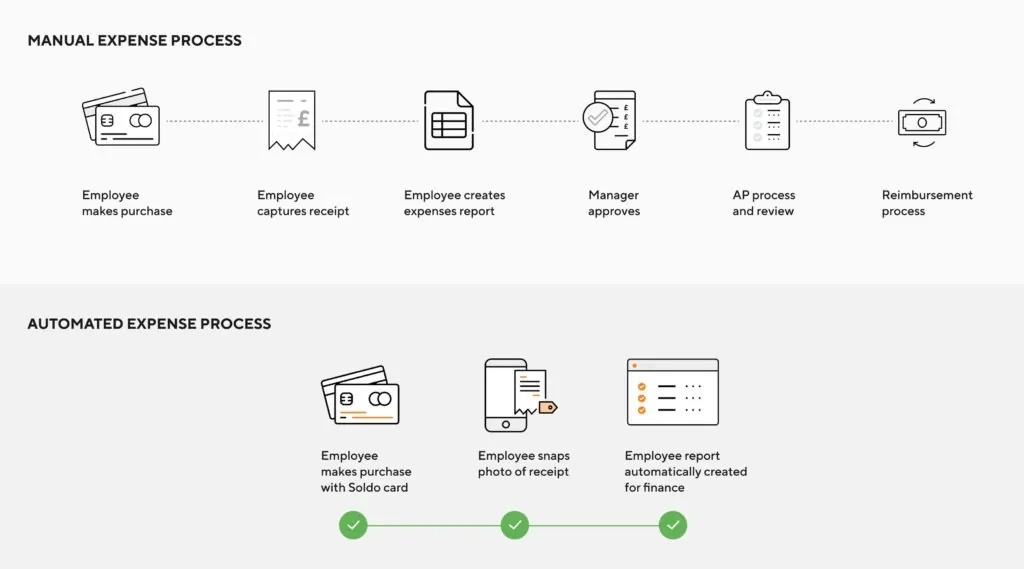
Manual Step 1: The employee makes a purchase and collects the receipt
Spending money is easy to do, but that doesn’t mean your employees won’t make critical mistakes. In particular, they may:
- Forget to take the receipt
- Misplace it
- Pay for business-related expenses and personal items together
- Store receipts incorrectly, so the ink on them fades
Any of these issues will create record-keeping problems and, potentially, disagreements with employees who will expect to be reimbursed despite the issues in their paperwork.
Manual Step 2: Employee creates expense report
Even astronaut Buzz Aldrin had to prepare an expense report after he went to the moon. But while needs must, it doesn’t make the process any less tedious. In one survey, 43% of employees said they’d pick commuting an extra hour a day over preparing an expense report. And 53% would rather do their taxes.
The upshot is that an expense report may take a while to hit your desk, which will make your job more difficult. As accountant turned money mentor Gail Bainbridge notes:
When I worked as an accountant, people sending expense claims at the last minute was my biggest frustration.Money mentor, Gail Bainbridge
Late submissions mean you have to make reconciliations and re-balance the books several months after the fact. Manual processes are also prone to human error. And you may not discover a mistake until after you’ve processed payment.
Manual Step 3: Manager approval process
Before you receive an expense report, the employee’s manager has to go through it and approve it. This is tedious extra work.
Busy managers may also miss important details or not be clued up about the finer points of the company’s expense policy. As a result, they may overlook errors or mistakenly approve expenses the company doesn’t allow.
Manual Step 4: Auditing and reconciliation
Once an expense report hits your desk, you’ll have to go over it line by line and match transactions to receipts. Besides being inefficient — you’re duplicating a task the employee’s manager has already done — this also creates other challenges.
To begin with, as employees and their managers don’t like preparing and approving expense reports, they’ll probably submit them in batches. This means you can quickly get swamped.
More to the point, unless your accounting system can automatically import spreadsheet data, someone will have to spend several mind-numbing hours inputting everything manually.
Manual Step 5: Payment
You’ve approved the expense report. But how will you make the payment?
You could:
- Make a one-off instant business account transfer or cash payment
- Run the expense through payroll
- Set up your employee as supplier
All three options require extra admin and come with their own set of problems.
Case in point, payroll isn’t designed for running expenses. It may delay reimbursement even more. Plus, how will you itemise it on the payslip?
Similarly, you can only make bank transfers or cash payments manually. And setting up an employee as a supplier could skew your data.
How automation takes the pain out of expense processing
Spreadsheets, multiple rounds of approvals, and manual data input may have made sense 20, or even 10 years ago. But, clearly, this process isn’t fit for purpose anymore. It’s burdensome, time-consuming, and frustrating for everyone involved — you, the employee claiming expenses, and the manager who has to approve the report.
Luckily, sticking to this process is no longer necessary. An automated expense management platform like Soldo can:
- Streamline the process
- Remove the need for multiple approvals
- Slash admin
- Cut the risk of mistakes
Here’s what this would look like.
Step 1: The employee makes a purchase
Instead of forking out the money themselves, employees can use prepaid cards for business expenses with a pre-approved spending limit.
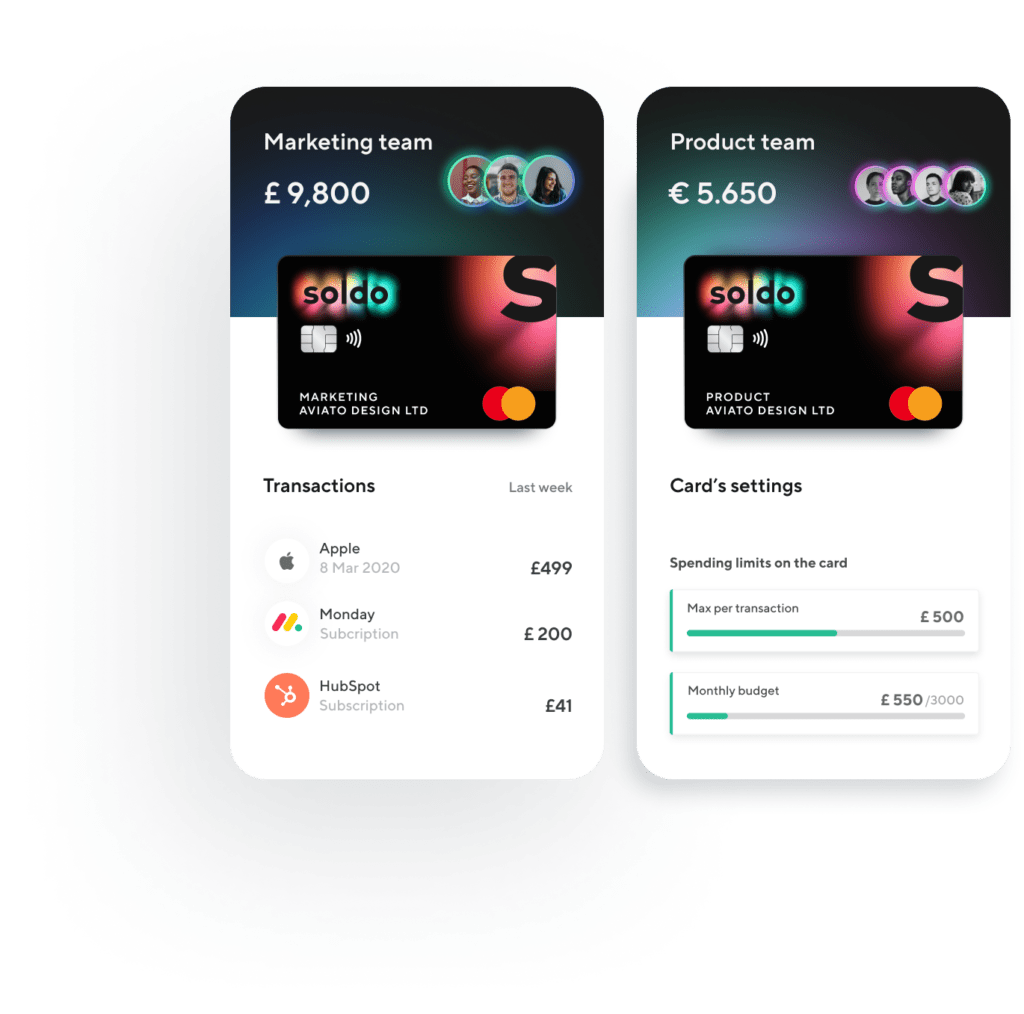
With Soldo, you can create restrictions from your dashboard, so employees can’t buy items your expense policy doesn’t cover. This means managers don’t have to go over and approve expense reports. And you don’t have to check the transactions line by line to make sure they’re compliant.
Even better, employees will have paid using company money, so no reimbursement is necessary.
Step 2: Snap a photo of the receipt
No more shoeboxes full of crumpled receipts or hours wrestling with Excel. Once the employee pays, they launch the app (after receiving a notification), snap a photo of the receipt, and link it to the transaction. Job done.
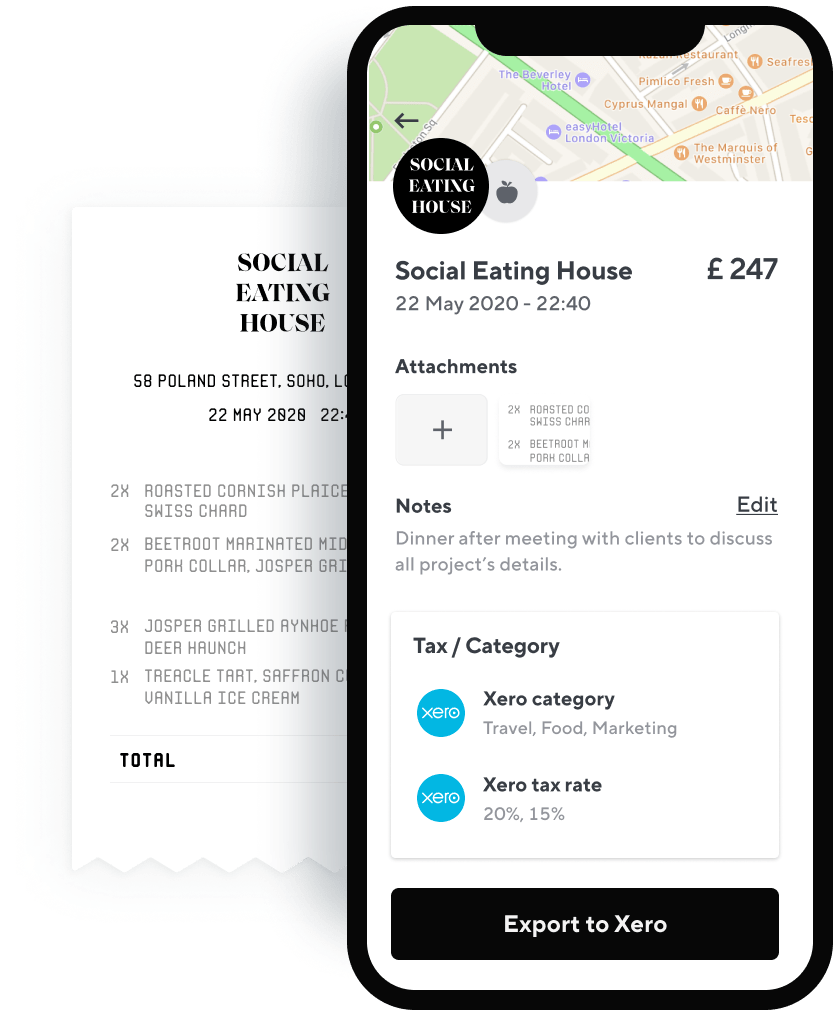
Step 3: Reconciliation
You can log on to the dashboard and see expenses across the company at a glance. Soldo also integrates natively with Xero and with other systems through an API, so it can import data automatically to Xero without the labour of manual statement imports.
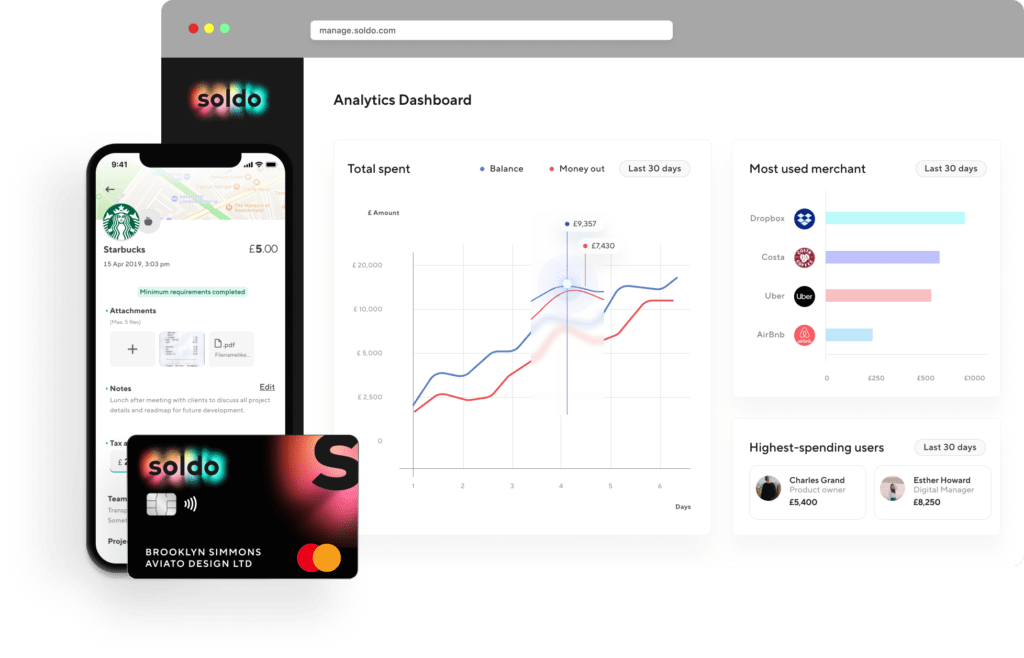
Expense processing CAN be simple and pain-free
Employees claiming expenses are one of the certainties of business life. But the process doesn’t have to be a frustrating and burdensome time-hog. Using an automated spend and expense management platform can cut it down from six or more steps to just three.
PwC reckons automation can slash the time it takes finance teams to do their job by up to 40%. So why not put expense processing on autopilot and use your newfound freedom to work on more satisfying and, ultimately, more valuable tasks?
Ready to ditch spreadsheets (there, we said it) and make your expense process simpler, faster, and more straightforward? Read our e-Book The Claim Game: Why expense management is broken (and how to fix it) to get started.


